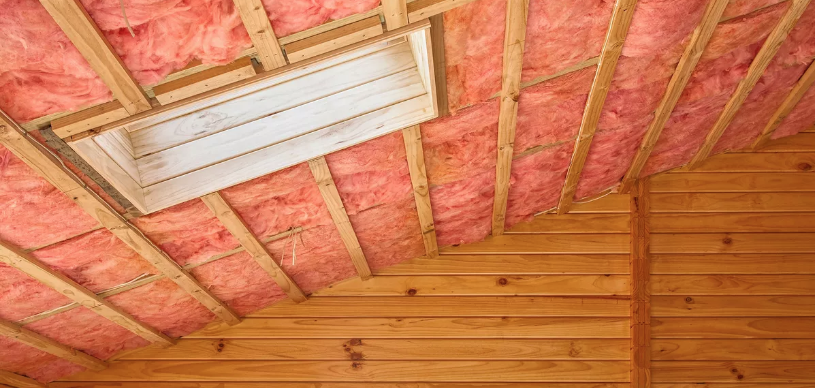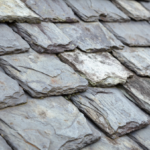Most people really look forward to the falling temperatures and the beauty of the changing landscape that autumn brings. If you’re one of them, enjoy all the benefits of this transitional season-—just remember to spend a little time addressing the myriad of little things that can become big issues if you leave them unaddressed as winter sets in—especially with regard to your roof. From leaves to leaks to pests, fall brings with it some potential problems you’d be well advised to deal with now before they go from bad to worse.
Leaves
Even a thin layer of rotting leaves can cause big damage to your home’s roof. Not only do these dead leaves create the perfect cover for pests, the decomposition process creates compounds that damage many types of shingles.
If you’ve ever tried to move a pile of raked leaves after a rainy day or two, you can vouch for how heavy they get when they’re wet. Move those leaves on the roof before they get wet to keep your gutters from pulling loose, causing a lot of damage to your roof, trim, and siding.
Crooked gutters? Fix those, too. Misaligned gutters can’t channel water away effectively, causing them to overflow. Make sure to clean and align them regularly while leaves are falling, and finish the season off with a thorough cleaning once your trees’ limbs and branches are winter-bare.
Pests
Insects, animals, and birds will be looking for warmth as temperatures drop, and a leaf-covered roof will really tempt them to hunker down. These unwanted guests can cause a surprising amount of damage, especially if there are spots on your roof that are vulnerable. These small access points can easily be turned into large openings to accommodate the creature seeking shelter, allowing rain and snow to infiltrate your roof—never a good thing.
Having a professional walk your roof to look for pest damage, sagging structure, small leaks, missing or deteriorating shingles, or issues with insulation will prove to be a good investment as fall approaches. If squirrels, birds, or other wildlife are creating havoc up there, hire a professional to set humane traps before they settle in for the long, cold winter.
Check Your Attic
A lot of people don’t realize it, but your attic is part of your roofing system. As such, beware of two possible issues: poor ventilation and inadequate insulation. For example, because warm air rises and exits at the top, and cool air is drawn in at the bottom, vents that are located at the top and base of the roof take advantage of natural airflow—regulating both temperature and moisture in the attic.
If moisture build ups and the temperature rises, your roof will heat up too much from the inside. The trapped warm air condenses, which means moisture damage isn’t far behind. Also as trapped heat rapidly melts snow and temperatures plummet, ice dams and leaks can occur, causing further damage to your roof. Troubleshoot this potential issue by having a professional check your insulation for bald or fraying areas, replacing promptly as needed. This evenly distributed insulation will halt roof damage while also helping to reduce your energy needs.
One of the most proactive things you can do is to hire a professional roofing contractor to do an annual roof inspection for you so small problems can be dealt with before they become big, expensive issues. Even if you’re not afraid of heights and consider yourself a veteran Do-It-Yourselfer, hire a professional roofing contractor with the experience, expertise, and tools required to do the best job possible.













